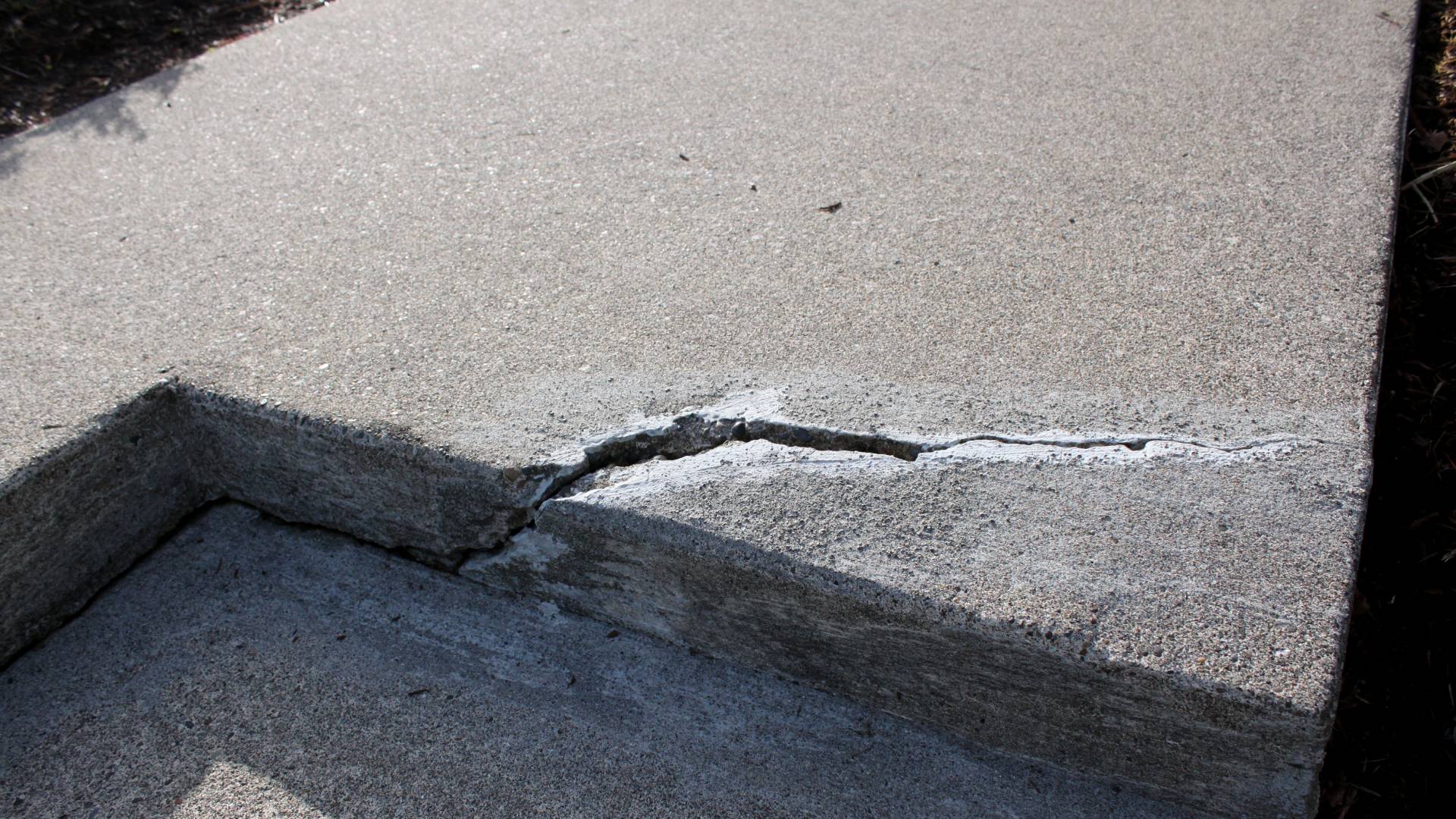Tips for Lifting Heavy Concrete Slabs Without Breaking Them

Learn effective tips for lifting heavy concrete slabs safely and keeping them intact, ensuring your hard work pays off by avoiding costly damages.
For construction workers, there are few things more frustrating than going through the effort to prep and lift concrete only to find it damaged. Lifting heavy concrete slabs requires careful planning and execution, as even the slightest mistake can result in costly damages. To help you keep even the most delicate pieces intact, consider these tips for lifting heavy concrete slabs without breaking them.
Assess the Slab’s Weight and Balance
While there are many dos and don’ts when it comes to lifting concrete, few steps are more important than checking where your slab’s center of gravity lies. If the team unevenly lifts the slab, it may tip or tilt, increasing the risk of cracking or damage.
If you have a scale, use it to weigh the slab; this will help you determine the equipment you’ll need for the lift and where to lift the slab from. Observe the edges and corners to ensure you can find a stable grip point for guiding the slab.
Check for Structural Weaknesses
Before lifting, it’s essential to inspect the concrete slab for any visible cracks or imperfections that could compromise its integrity. Look for chips, fissures, or any signs of wear, especially around the edges.
If you spot any potential weaknesses, it’s best to reinforce the slab with supports to prevent further damage during the lift. Not only does this step help protect the slab, but it also ensures that your team can lift it safely without pieces crumbling off and falling toward them.
Use Padding or Slings for Protection
As you prep your slab for lifting, use padding or slings to protect both the slab and your team. Slings can distribute the weight evenly and reduce the risk of cracking, while padding under the edges of the slab can minimize pressure points that might lead to damage.
This is a simple step that can make a big difference, so don’t hesitate to grab some old blankets, foam, or specially designed pads. Your goal is to create a cushion that offers extra support and prevents slipping.
Lift Vertically and Evenly
When it comes time to lift the slab, focus on maintaining a vertical and even motion. This means that everyone involved should lift at the same time and the same pace. If the team is coordinated, the chances of tilting or dropping the slab are significantly reduced.
Adjust your footing if needed to keep a stable base, as even a slight wobble can spell trouble. A cautious approach keeps the slab in one piece and helps prevent injuries.
Plan a Clear Path for Movement
Long before you attempt to lift, take some time to identify the path you’ll be taking with the slab. Make sure the area is clear of any obstacles to ensure smooth movement.
Additionally, ensure everyone knows the route and any specific turns or tight spots they might encounter. Having a clear and designated path helps prevent accidents and allows you to focus on the lift rather than navigating unexpected challenges.
With these tips, you can confidently lift heavy concrete slabs without worrying about damaging or breaking them. This will allow you and your team to tackle even the most challenging lifts, ensuring that your hard work pays off.








